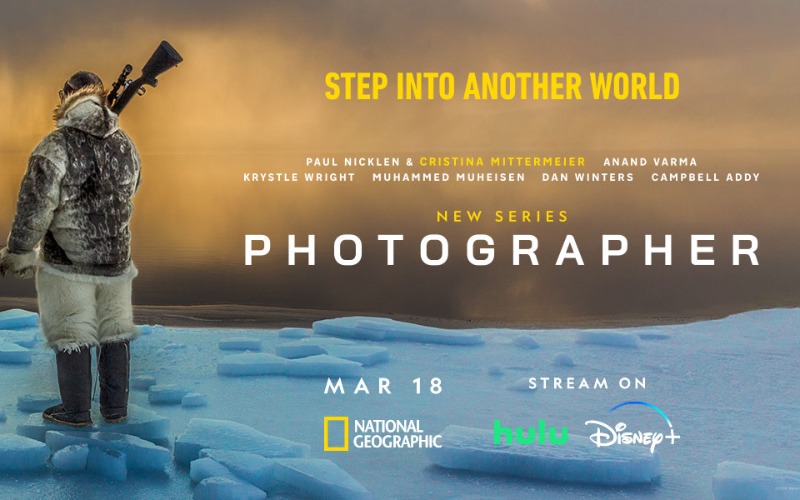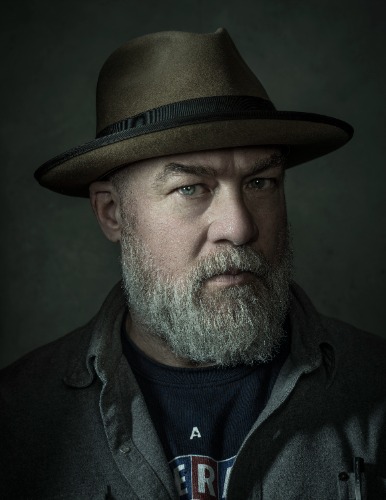
Dan Winters stands as one of the most versatile photographers of our time.
As a National Geographic Explorer and recipient of over one hundred national and international awards, Winters is known for his unconventional portraits of celebrities and unique scientific imagery, leaving a lasting impression in the world of photography.
He is featured in an episode of National Geographic’s new PHOTOGRAPHER series. Viewers will see the creative process behind the lens and how photography tech is used in real-time.
Before the release of PHOTOGRAPHER, Innovation & Tech Today spoke to Winters about the challenges and rewards of his career, his 6-year project with the NASA Artemis Launch, AI tools in the field, and more.
Innovation & Tech Today: Your work is versatile- from celebrity portraits to scientific photography. This is evident in the new series. What is one challenge and one reward that this brings?
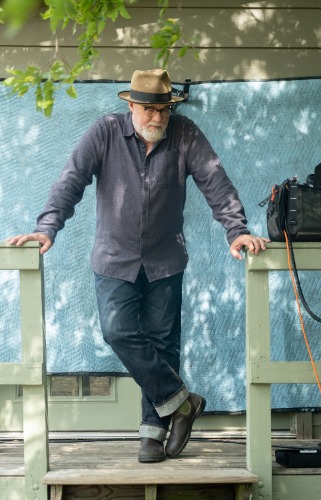
Dan Winters: As a photographer, it is necessary to have a subject to train our camera on. Someone or something to reflect light into our lens. It is a pursuit custom-made for the curious, as the possibilities are anything in the physical realm. It is challenging to interpret subjects that have previously been explored in new and unique ways. Working on a project for a period of time and feeling like you found it is very satisfying.
I&T Today: In the documentary, your wife and son are clear inspirations for your work. How has your photography changed for the better because of them?
Winters: My photography has definitely evolved with them as we have grown as a family. I made my first portrait of my wife, Kathryn, the day I met her. I photographed my son Dylan at the moment of his birth. My life is photography, and while I would admit that it has interfered with life at times, I have been able to create a lasting archive of our family’s time on this planet.
I&T Today: How has photography contributed to your personal growth and understanding of the world?
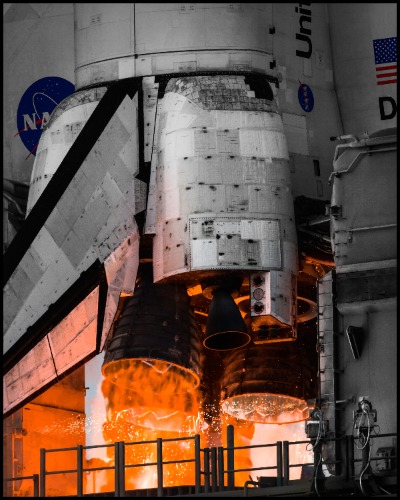
Winters: My worldview has been largely shaped by my photographic pursuits. My interaction with subjects and bearing witness to history has allowed me to form a cross-cultural understanding that, in turn, continues to inform my photography.
I&T Today: Tell us about your 6-year project capturing the NASA Artemis launch.
Winters: The Artemis program is NASA’s current mission to the moon. The Nat Geo project covers three missions in total, the third being the lunar landing. NASA tends to work at a snail’s pace. It is an amazingly complex mission, so my coverage has been incremental, hence the long duration of the project.
I&T Today: How have you witnessed the photography industry evolve throughout your career? Are there specific tech advancements that have significantly impacted your approach?
Winters: The most significant technical development has been the development of digital photography. It has made me a better photographer in many ways. Most importantly, it provides real-time feedback so adjustments can be made while shooting. I shot in large format for many years. I now carry a small camera in my satchel that performs as well as a 4X5 camera.
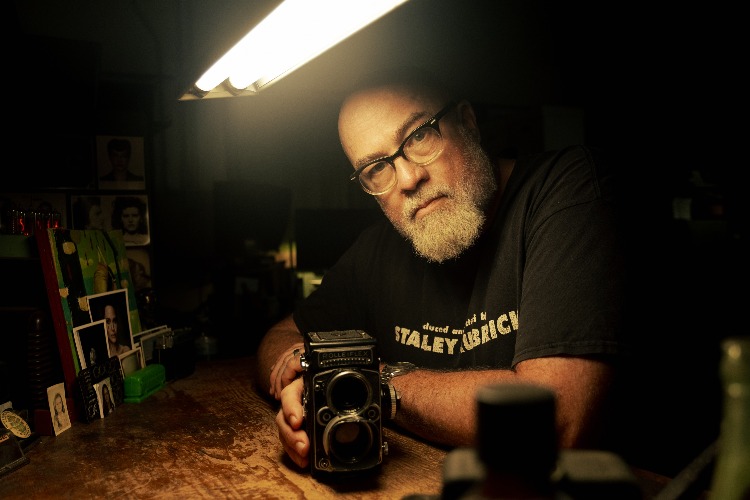
Smartphones are also a development that has impacted our world. We are all in the most photographed time in history and that will have implications we have yet to understand. One issue is maintaining and storing the archives of the images.
I&T Today: How do you see AI impacting the photography field, and have you experimented with any AI tools in your work?
Winters: AI can be a useful tool for upscaling images to allow for the making of large exhibition prints. I have seen some beautiful images generated by AI. I view it as a different discipline akin to collage or illustration. It is artificial and has no journalistic value.
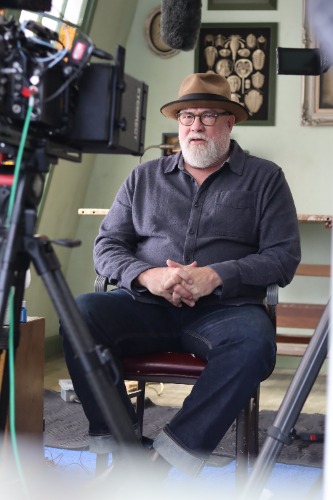
I&T Today: Some argue that technology can either enhance or hinder creativity. How do you perceive the relationship between technology and the creative aspects of photography?
Winters: Photography is, by nature, a technical medium. It is wholly dependent on equipment that we, as photographers, purchased from large corporations, so the playing field is essentially even. I have made photographs with my iPhone, shot in RAW, and beautiful to behold.
I have always felt that the camera, while each brings a uniqueness, is essentially only a tool to achieve an end. I have heard people say when viewing an image that “it must have been made with a good camera.” I would liken that comment to hearing a Mozart concerto and having someone insist that “the person must be using a good piano”, as though the device was the author.
Catch PHOTOGRAPHER on Monday, Mar. 18th on National Geographic and stream on Hulu and Disney+!



